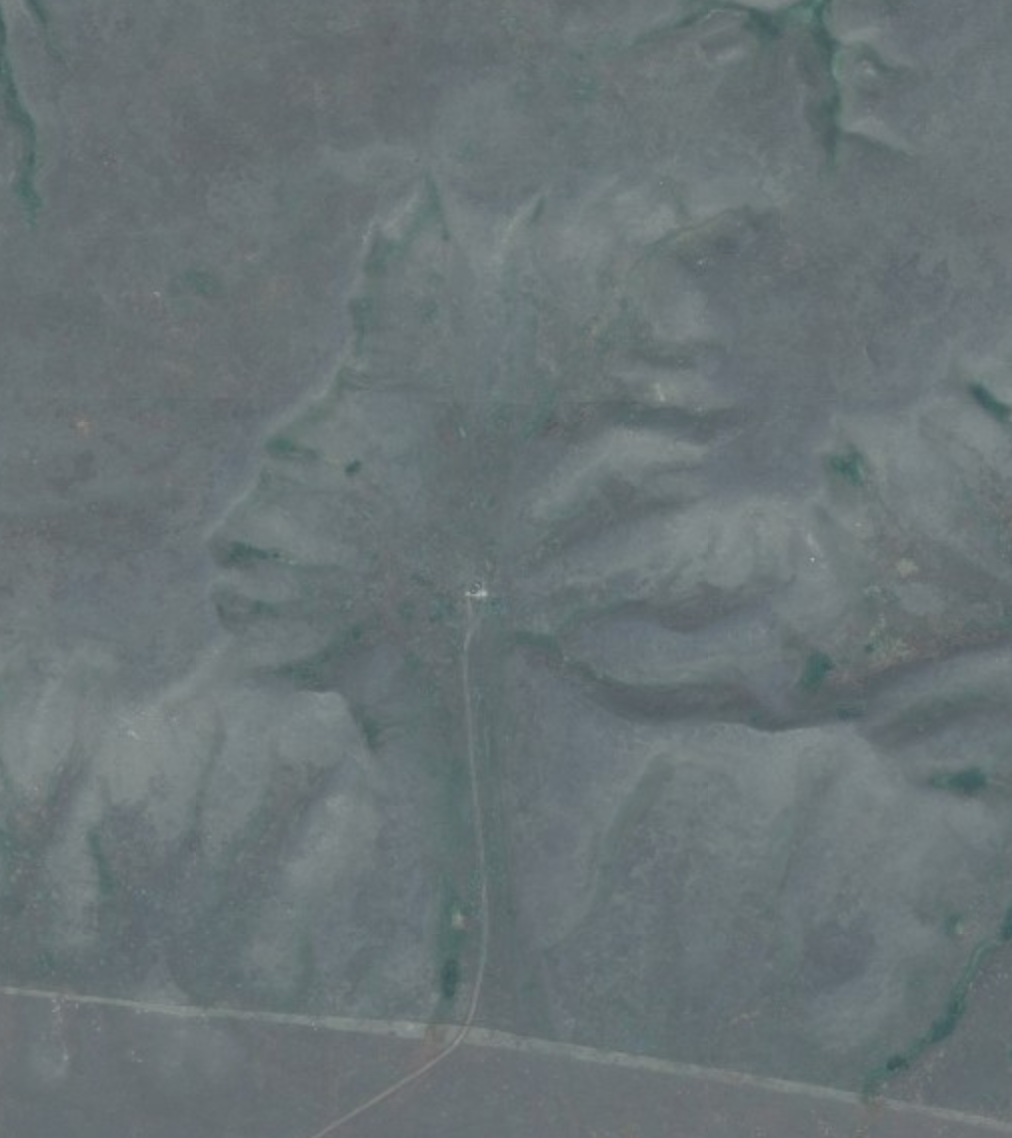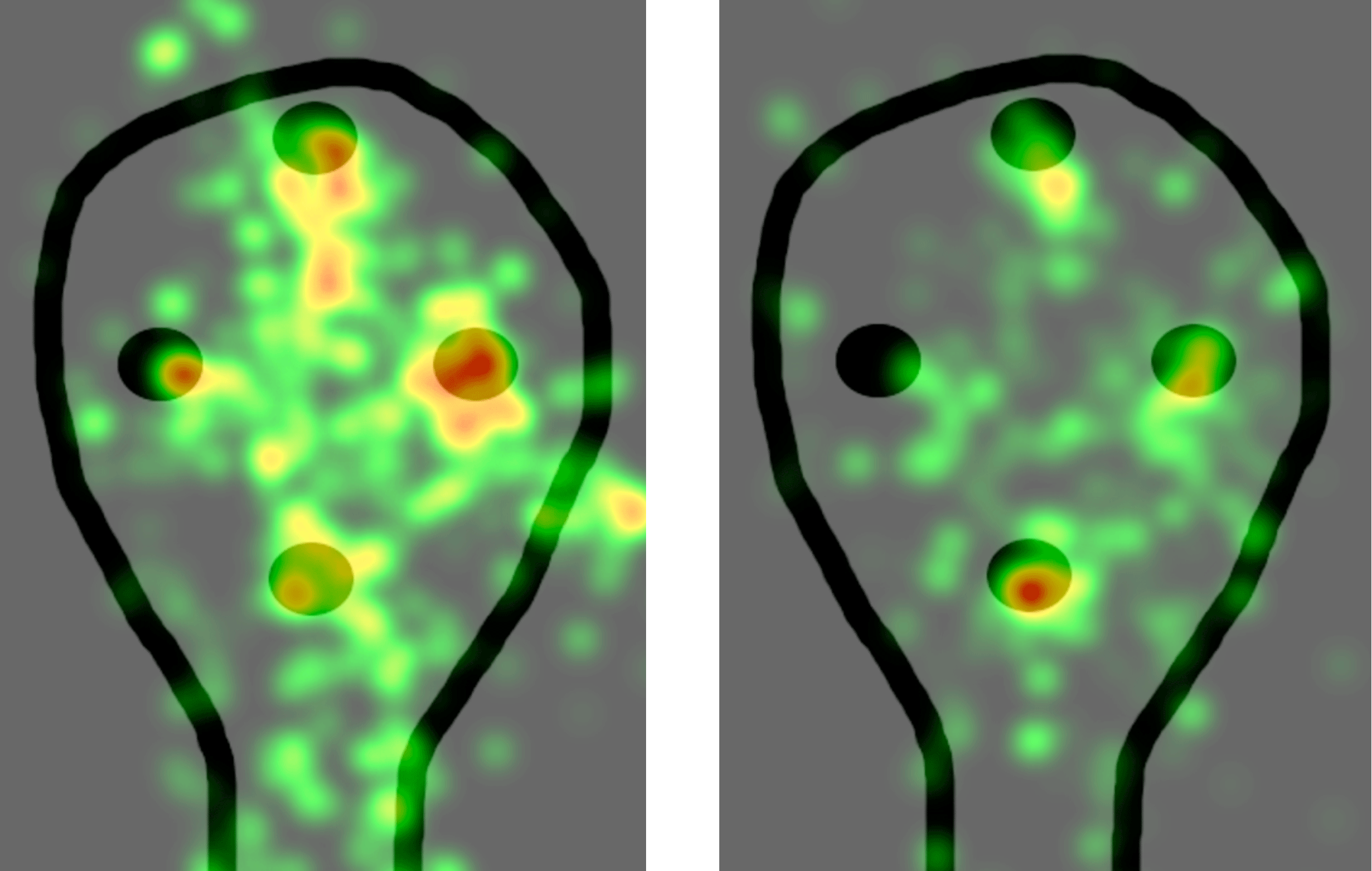Have you ever seen a face, even if there wasn’t actually a face there?

What do you think this image is of? Here is the link. (Please use Google if you would like to see more examples.) Although it wasn’t originally a face, it looks like there is a face, doesn’t it? The phenomenon of perception illusion is called Pareidolia. (In other words, one perceives an ambiguous shape as something different than what it originally was.)
You know it’s not a face, but you cannot help but see that there is a face there. The Pareidolia effect seems to be the paradoxical logic that shows how important faces are to humans.
Therefore, do babies mistakenly perceive something that is not a face to be a face, as adults do? If the baby’s facial perception is similar to that of adults, babies might perceive a face where there is none.
By modifying images a little bit, we can investigate this phenomenon in babies as well. We learned that the phenomenon of Pareidolia (that was not showing 8 months after birth) started to emerge 10 months after birth. (Please check our research paper if you would like to know more about this topic.)

The left image was taken while no sound was being produced. It is a distribution of what a baby (aged 10 months) gazes at. The color that is redder indicates the places that the baby looked at longer. The right image indicates the places where the same baby looked while making sounds.
Copyright © Doshisha University Center for Baby Science All rights Reserved.